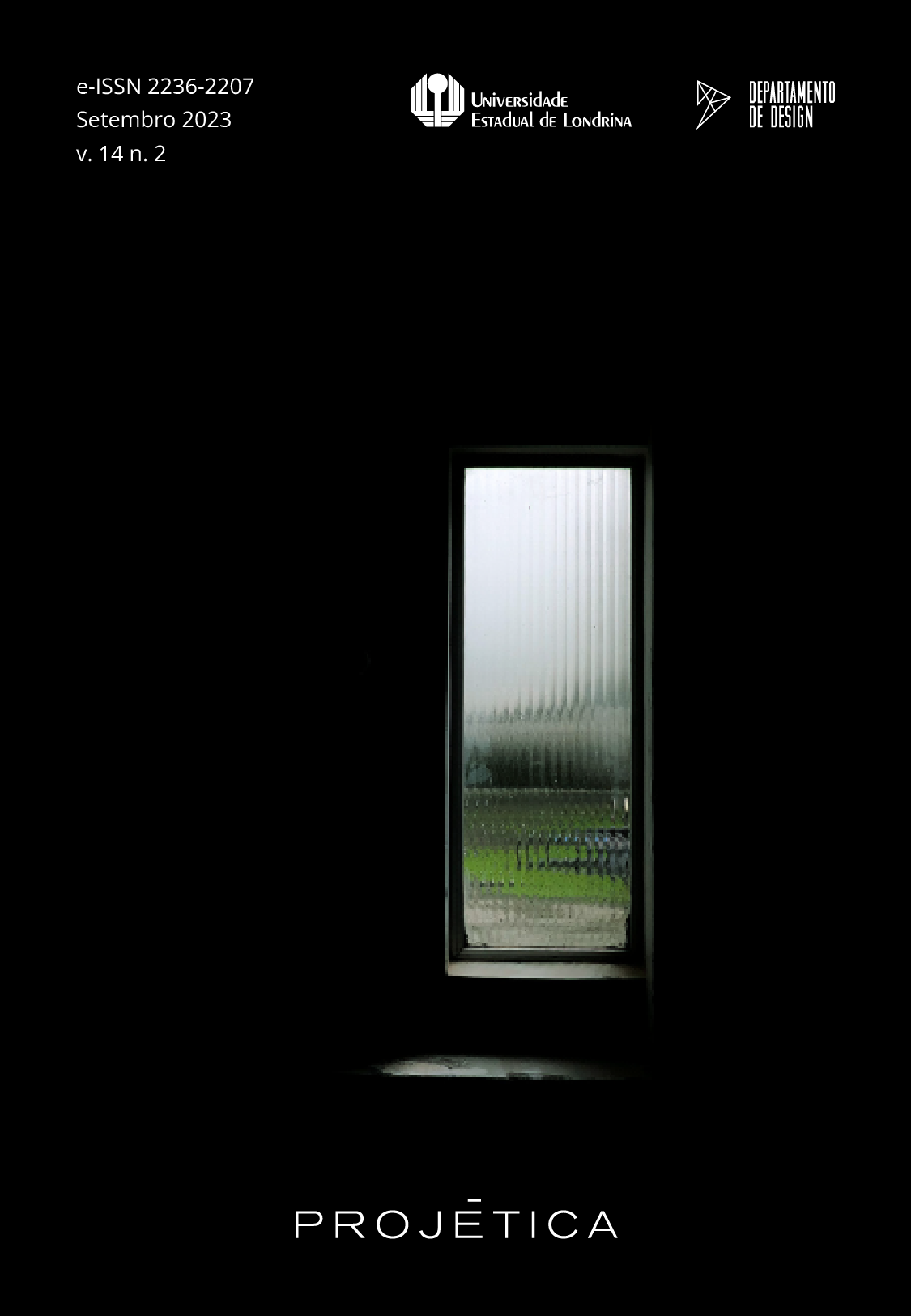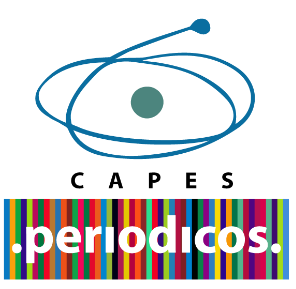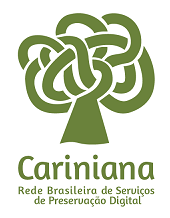Design Thinking, problem dimension
an analysis of methodologies and active tools to support the teaching of classical thermodynamics
DOI:
https://doi.org/10.5433/2236-2207.2023.v14.n2.48458Keywords:
thermodynamics, teaching-learning, active toolsAbstract
The knowledge associated with thermodynamics is present in the most diverse branches of science and engineering. However, there is a high difficulty in the teaching-learning process of this theme. In this context, an interdisciplinary team was formed to investigate problems related to the teaching-learning process of thermodynamics, through the methodological approach of Design Thinking (immersion phase). The article deals with the procedures performed and related to the dimension of the problem. It was concluded that there are more internal factors that hinder the teaching-learning process and as for external factors, it is clear that games are active tools that work, motivate and bring engagement to learning.
Downloads
References
AGUILAR, H. et al. Difficulties in learning thermodynamics, that have their origin in the subject matter. In: International Conference on Education and New Learning Technologies, 11., 2019. Palma, Espanha. Proceedings [...]. Palma: EDULEARN19, 2019. p. 10301-10305.
ARAÚJO, E. D. S.; SANTOS, B. M. Jogo das grandezas: um recurso para o ensino de física. Revista do Professor de Física, v. 2, n. 2, p. 73-78, 2018. DOI: https://doi.org/10.26512/rpf.v2i2.12079
BAUER, W.; WESTFALL, G. D.; DIAS, H. Física para universitários. Porto Alegre: AMGH, 2013.
BRAGA, M. C. F. T.; CARVALHO, R. S. Ensinando termodinâmica através de uma sequência de ensino investigativa. Experiências em Ensino de Ciências, v. 16, n. 2, p. 144-163, 2021.
BRASIL. Resolução CNE/CES 2/2019. Institui as diretrizes curriculares nacionais do curso de graduação em engenharia. Diário oficial da união, Brasília-DF, 2019.
CHAGAS, J. O.; LOBO, F. A.; GONÇALVES, J. L. Avaliação de uma nova abordagem para o ensino de química. INTERRITÓRIOS, v. 6, n. 12, p. 355-370, 2020. DOI: https://doi.org/10.33052/inter.v6i12.249005
CRAWFORD, C. The art of computer game design.1º ed. 1982. E-book.
CRUZ, C. A. et al. Oficinas de aprendizagem no ensino de física: um estudo de caso com experiências de termodinâmica. Revista Prática Docente, v. 6, n. 3, p. 1-15, 2021. DOI: https://doi.org/10.23926/RPD.2021.v6.n3.e082.id1236
CYBIS, W.; BETIOL, A. H.; FAUST, R. Ergonomia e usabilidade: conhecimentos, métodos e aplicações. 3º ed. São Paulo: Novatec, 2007.
DEMPSTER, W.; LEE, C. K.; BOYLE, J. T. Teaching of thermodynamics and fluid mechanics using Interactive learning methods in large classes. In: American Society for Engineering Education Annual Conference & Exposition, 2002, Montreal, Canada. Proceedings [...]. Montreal: ASEE, 2002, p. 1087.1-1087.11. Disponível em: <https://peer.asee.org/teaching-of-thermodynamics-and-fluid-mechanics-using-interactive-learning-methods-in-large-classes.pdf> Acesso em: 21 de jun. 2023.
FEDEROFF, M. A. Heuristics and usability guidelines for the creation and evaluation of fun in video games. Dissertação (Mestrado em Telecomunicações) - Universidade de Indiana, 2002.
FLEISHER, C. S.; BENSOUSSAN, B. E. Business and competitive analysis methods: effective application of new and classic. New Jersey: FT Press, 2007.
LEWRICH, M.; LINK, P.; LEIFER, L. The design thinking toolbox: A guide to mastering the most popular and valuable innovation methods. New Jersey: Wiley $ Sons, 2020. DOI: https://doi.org/10.15358/9783800657520
LOPES, R. P.; GONÇALVES, S. LMS de apoio a metodologias de aprendizagem ativas. In: International Conference on Innovation, Documentation and Education. 10., 2021, Valência, Espanha. Proceedings [...]. Valencia: INNODOCT, 2021, Valência. p. 883-900. Disponível em: <http://ocs.editorial.upv.es/index.php/INNODOCT/INN2021/paper/view/13962>. Acesso em: 21 jun. 2023. DOI: https://doi.org/10.4995/INN2021.2021.13962
MELO, L.; BREMGARTNER, V.; SOUZA, D. Estação meteorológica portátil com cultura maker interdisciplinar para ensino de física e programação de computadores. Anais do XXVI Workshop de Informática na Escola (WIE 2020). Anais [...]. Porto Alegre: Sociedade Brasileira de Computação - SBC, 24 nov. 2020. Disponível em: <https://sol.sbc.org.br/index.php/wie/article/view/12618> Acesso em: 23 jun. 2023. DOI: https://doi.org/10.5753/cbie.wie.2020.259
MINISTÉRIO DA EDUCAÇÃO. Graphogame: um aplicativo educativo, que torna mais divertida a aprendizagem. Disponível em: <https://alfabetizacao.mec.gov.br/grapho-game>. Acesso em: 16 jun. 2022.
NASCIMENTO, R. J. A. DO et al. Termodinâmica, fácil ou difícil? Um estudo de caso na Universidade Federal do Sul e Sudeste do Pará. In: Congresso Brasileiro de Educação em Engenharia. Anais [...] Evento Online: Associação Brasileira de Educação em Engenharia, 2022. Disponível em: <http://abenge.org.br/sis_artigo_doi.php?e=COBENGE&a=22&c=3815>. Acesso em: 21 de jun. 2023.
PADOVANI, S.; SPINILLO, C. G.; GOMES, Í. M. DE A. Desenvolvimento e aplicação de modelo descritivo-normativo para análise de websites. Production, v. 19, n. 3, p. 514-528, 2009. DOI: https://doi.org/10.1590/S0103-65132009000300009
PEREIRA, I. M. et al. Aquecedor solar de baixo custo: uma ferramenta pedagógica para o ensino de conceitos termodinâmicos e a conscientização socioambiental. Revista de Ensino de Ciências e Matemática, v. 11, n. 3, p. 105-125, 5 maio 2020. DOI: https://doi.org/10.26843/rencima.v11i3.2383
PUHL, N. M.; MARCHI, M. I. Atividades investigativas no ensino de física: um enfoque termodinâmico ao corpo humano. Revista Eletrônica de Educação, v. 13, n. 3, p. 1191-1205, 2 set. 2019. DOI: https://doi.org/10.14244/198271992661
RIBEIRO, B. S. et al. Just-in-Time Teaching para o Ensino de Física e Ciências: uma Revisão Sistemática da Literatura. Revista Brasileira de Ensino de Física, v. 44, 2022. DOI: https://doi.org/10.1590/1806-9126-rbef-2022-0075
RIHS, A. R.; DICKMAN, A. G.; LEITE, C. Uma abordagem contextualizada da física no curso de engenharia ambiental e sanitária. Revista Brasileira de Ensino de Física, v. 44, n. e20210335, p. 1-10, 2022. DOI: https://doi.org/10.1590/1806-9126-rbef-2021-0335
SANTOS, A. Seleção do método de pesquisa: guia para pós-graduando em design e áreas afins. Curitiba: INSIGHT, 2018.
SANTOS, T. DA S. Metodologias ativas de ensino-aprendizagem. Olinda-PE: Instituto Federal de Educação, Ciência e Tecnologia de Pernambuco, 2019.
SERRA, G. F. et al. Análise de um motor-foguete bi-propelente aplicada ao ensino de termodinâmica: um estudo de caso. Revista Brasileira de Ensino de Física, v. 42, p. e20200174- 1/5, 2020. DOI: https://doi.org/10.1590/1806-9126-rbef-2020-0174
SILVA, G. R. DA; ERROBIDART, N. C. G. A produção científica nacional em periódicos sobre o ensino de termodinâmica. Revista Prática Docente, v. 4, n. 2, p. 559-577, 27 dez. 2019. DOI: https://doi.org/10.23926/RPD.2526-2149.2019.v4.n2.p559-577.id432
SOUSA, R. G. DE; SOUSA, R. C. DE. Percepção de aprendizado: uma análise prática de um jogo simulado baseado no modelo revisto da taxonomia de Bloom. Revista Lagos, v. 6, n. 2, p. 79-87, 2015.
YÁÑEZ-GÓMEZ, R.; CASCADO-CABALLERO, D.; SEVILLANO, J.-L. Academic methods for usability evaluation of serious games: a systematic review. Multimedia Tools and Applications, v. 76, n. 4, p. 5755-5784, 19 fev. 2017. DOI: https://doi.org/10.1007/s11042-016-3845-9
Downloads
Published
How to Cite
Issue
Section
License
Copyright (c) 2023 Profa. Dra. Ruthinéia Jéssica Alves do Nascimento, Professor Dr. Vinicius Vescovi, Carolayne Ferreira de Almeida, Filipe da Silva Maia, Profa. Dra. Fabiane Rodrigues Fernandes

This work is licensed under a Creative Commons Attribution 4.0 International License.
Projética está licenciada sob a Creative Commons Attribution CC-BY 4.0 International. Os autores detém os direitos autorais e concedem à revista o direito de exclusividade de primeira publicação.
Os autores dos trabalhos aprovados autorizam Projética a, após a publicação, ceder seu conteúdo para reprodução em indexadores de conteúdo, bibliotecas virtuais e similares.
Os autores assumem que os textos submetidos à publicação são de sua criação original, responsabilizando-se inteiramente por seu conteúdo em caso de eventual impugnação por parte de terceiros. As opiniões emitidas pelos autores dos artigos são de sua exclusiva responsabilidade.
A revista se reserva o direito de efetuar, nos originais, alterações de ordem normativa, ortográfica e gramatical, com vistas a manter o padrão culto da língua e a credibilidade do veículo. Respeitará, no entanto, o estilo de escrever dos autores. Alterações, correções ou sugestões de ordem conceitual serão encaminhadas aos autores, quando necessário. Nesses casos, os artigos, depois de adequados, deverão ser submetidos a nova apreciação. As provas finais não serão encaminhadas aos autores.












